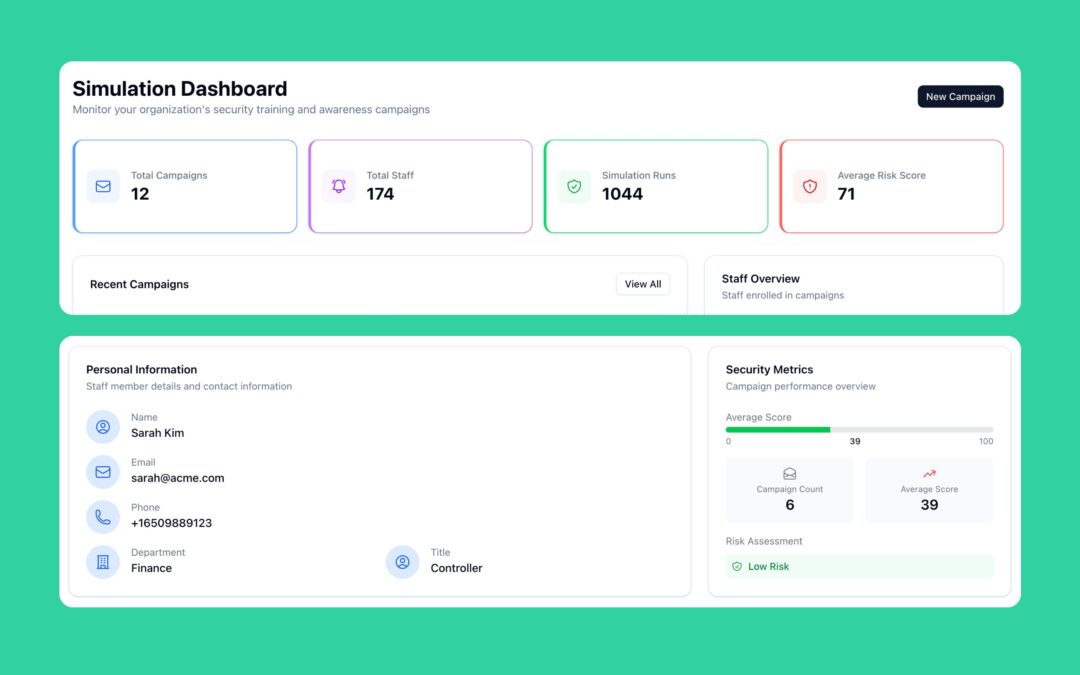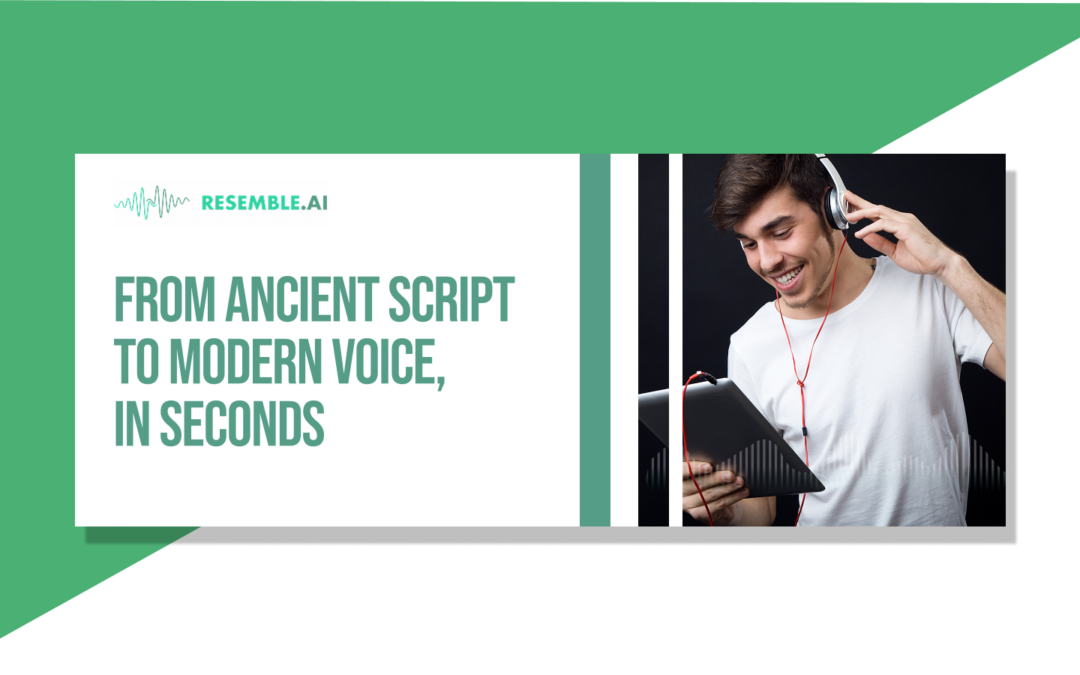Once silenced by time, John Lennon’s voice has been brought back to life through AI. Researchers have meticulously analyzed decades of Lennon’s vocal recordings using advanced deep-learning techniques to recreate his iconic tone, rhythm, and nuances. The result is an eerily realistic voice that can once again speak and sing, sparking new questions about the intersection of technology, artistry, and the preservation of legacies. This breakthrough in voice cloning revives a legend and opens up endless possibilities for the future of AI-generated sound.
The Revival of John Lennon’s Voice: The Latest Beatles Song
The Beatles’ legacy continues to evolve, and technology has played a significant role in this transformation. Recently, a remarkable project brought John Lennon’s voice back into the spotlight. By working with a 1979 demo recording, a team of experts carefully enhanced Lennon’s vocals using advanced audio techniques.
The process involved integrating Lennon’s voice with contributions from his former bandmates—George Harrison, Paul McCartney, and Ringo Starr—leveraging existing recordings. This seamless blending of voices rekindles the iconic sound that defines a generation, creating a cohesive new piece of music.
Paul McCartney publicly revealed this groundbreaking effort, announcing a new Beatles track that features Lennon’s voice, enriched by modern AI-driven restoration methods. This achievement not only honours Lennon’s memory but also showcases how technology can bridge the gap between the past and present, offering fans a nostalgic yet fresh listening experience.
Modern tools and techniques, particularly artificial intelligence, were vital in achieving this remarkable restoration.
The Role of AI Technology in Reviving John Lennon’s Voice
AI technology has been pivotal in recreating John Lennon’s voice for the latest Beatles song. This advanced process separated his vocals from decades-old cassette recordings, overcoming significant challenges posed by tape quality and instrumental overlap. Inspired by recent advancements in audio restoration, the project showcased how machine-learning models can isolate and enhance specific sound elements.
Want to make voices sing again? Try Resemble AI and create magic with AI-powered voice cloning.
Technical Process of Vocal Extraction
- Data Analysis and Preprocessing: The cassette recordings were digitized, and noise artifacts were identified to prepare the audio for analysis.
- Spectral Decomposition: AI models analyzed the audio spectrum, separating overlapping sound frequencies of instruments, vocals, and background noise.
- Deep Learning Models: Neural networks specifically trained on Beatles’ recordings identified Lennon’s voice patterns, ensuring precise separation without degrading vocal quality.
- Signal Reconstruction: The isolated vocal signal was enhanced to restore clarity and tonal richness, producing a lifelike rendition of Lennon’s original performance.
- Quality Refinement: The final output underwent rigorous manual adjustments and fine-tuning to ensure authenticity and seamless integration into the new track.
While the technological achievements are groundbreaking, they also raise questions about the broader implications and ethical dilemmas of using AI in music.
AI’s Impact on Music and Ethical Considerations
- Authenticity Challenges: AI-generated vocals raise questions about the authenticity of musical works, blurring the distinction between human and machine contributions.
- Copyright and Ownership Issues: Reproducing voices and compositions using AI introduces legal complexities regarding ownership and consent, especially for posthumous works.
- Artistic Integrity: Balancing technological enhancement with preserving an artist’s original intent is a significant aesthetic challenge when working with historical recordings.
- Ethical Guidelines: The lack of standardized regulations for AI use in music highlights the need for ethical frameworks to address concerns around misuse and creative integrity.
- Cultural Implications: The widespread adoption of AI in music production could alter traditional creative processes, raising questions about the value of human artistry in an increasingly automated landscape.
Ready to blur the line between human and machine? Resemble AI lets you clone voices like a pro.
Beyond restoring iconic voices, AI is reshaping the music industry profoundly, influencing everything from how songs are created to how they are consumed.
Broader Implications of AI in Music
The broader implications of AI in music touch upon various areas, including creativity, accessibility, economics, and ethics. Here’s a breakdown:
- Creativity and Composition: AI has transformed the music composition process, allowing artists to explore new creative boundaries. With AI algorithms, artists can generate music, compose new melodies, or remix existing tracks. Some AI models, like OpenAI’s MuseNet, can create entire symphonies or adapt the styles of renowned composers. While this opens opportunities for more diverse and personalized music, it also raises questions about the role of human creativity in the artistic process.
- Accessibility for Musicians: AI tools can democratize music creation, providing musicians with advanced production capabilities regardless of their technical expertise. Platforms like Amper Music or AIVA (Artificial Intelligence Virtual Artist) enable creators to produce professional-quality music without requiring expensive equipment or formal training. This broadens the pool of people who can create and share music, making the industry more inclusive.
- Music Production and Engineering: AI tools are also reshaping the production side of music with software that can automatically mix, master, or enhance sound quality. This reduces the time and effort required to produce high-quality tracks and can help independent artists release polished music without professional studios.
- Personalization and Music Discovery: AI-driven recommendation systems, like those used by Spotify and Apple Music, tailor playlists and suggest songs based on individual preferences. These systems analyze vast amounts of data to predict what users will enjoy, helping listeners discover new artists while also providing insights into trends and listener behaviour.
Bring your sound ideas to life—literally—with Resemble AI, the future of voice creation.
Conclusion
AI’s role in reviving John Lennon’s voice for a new Beatles song exemplifies the transformative potential of technology in preserving and reimagining musical legacies. While it bridges the past and present, offering fans a nostalgic experience, it also raises critical ethical and artistic questions about authenticity, ownership, and the evolving role of human creativity in music. As AI continues to reshape the industry, its impact on innovation and tradition will remain a pivotal conversation.
Bring your sound ideas to life—literally—with Resemble AI, the future of voice creation.





